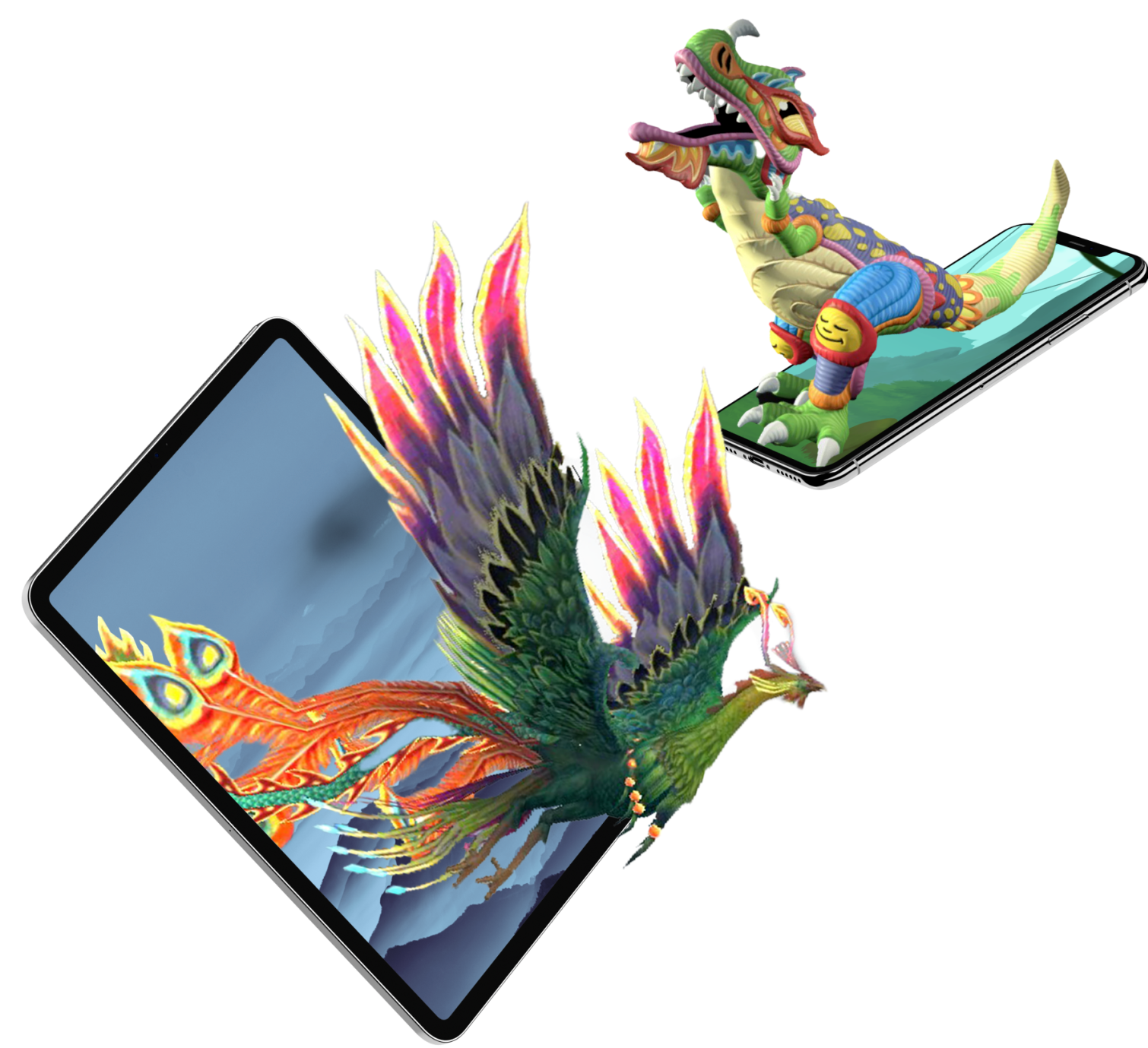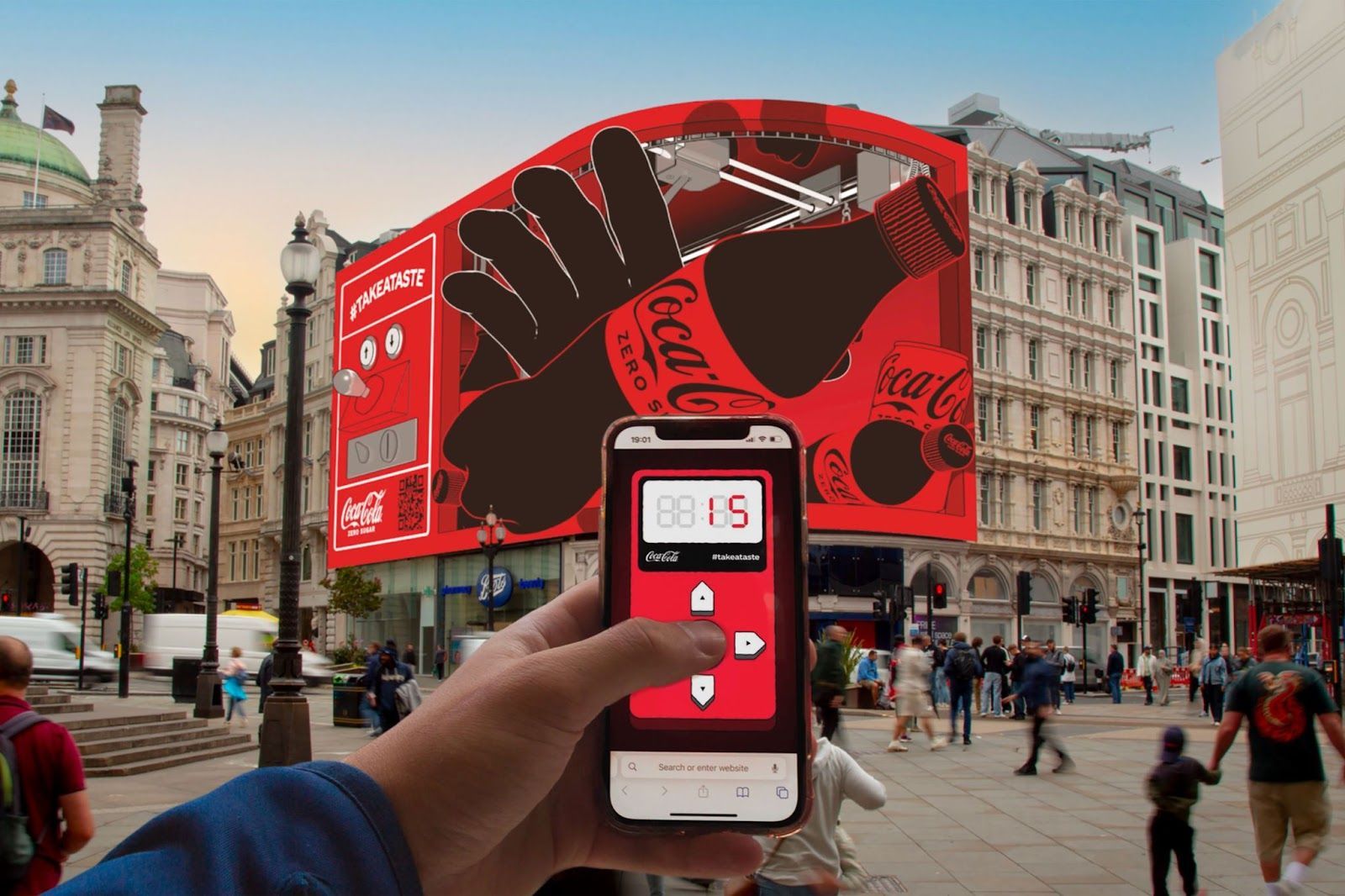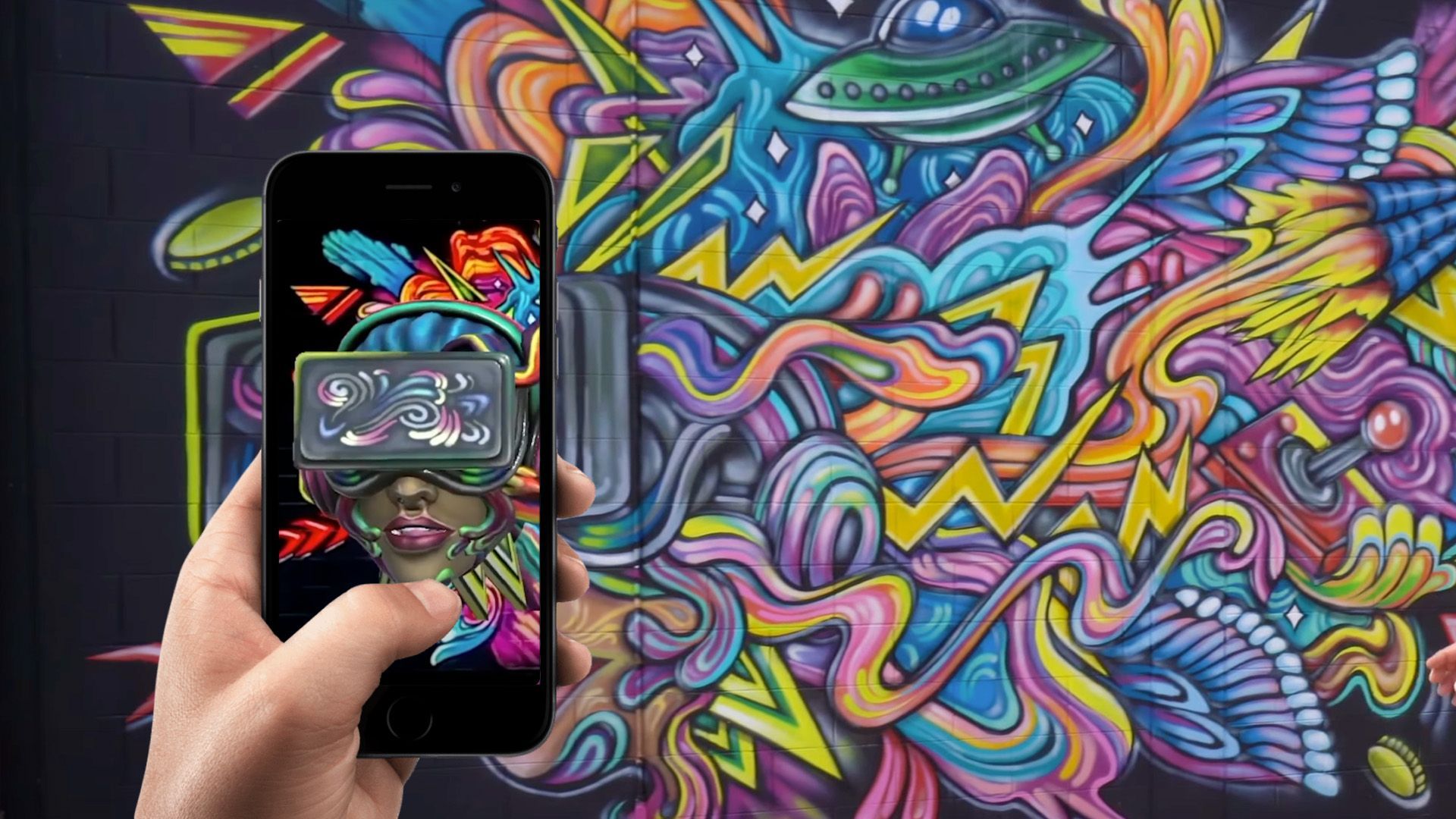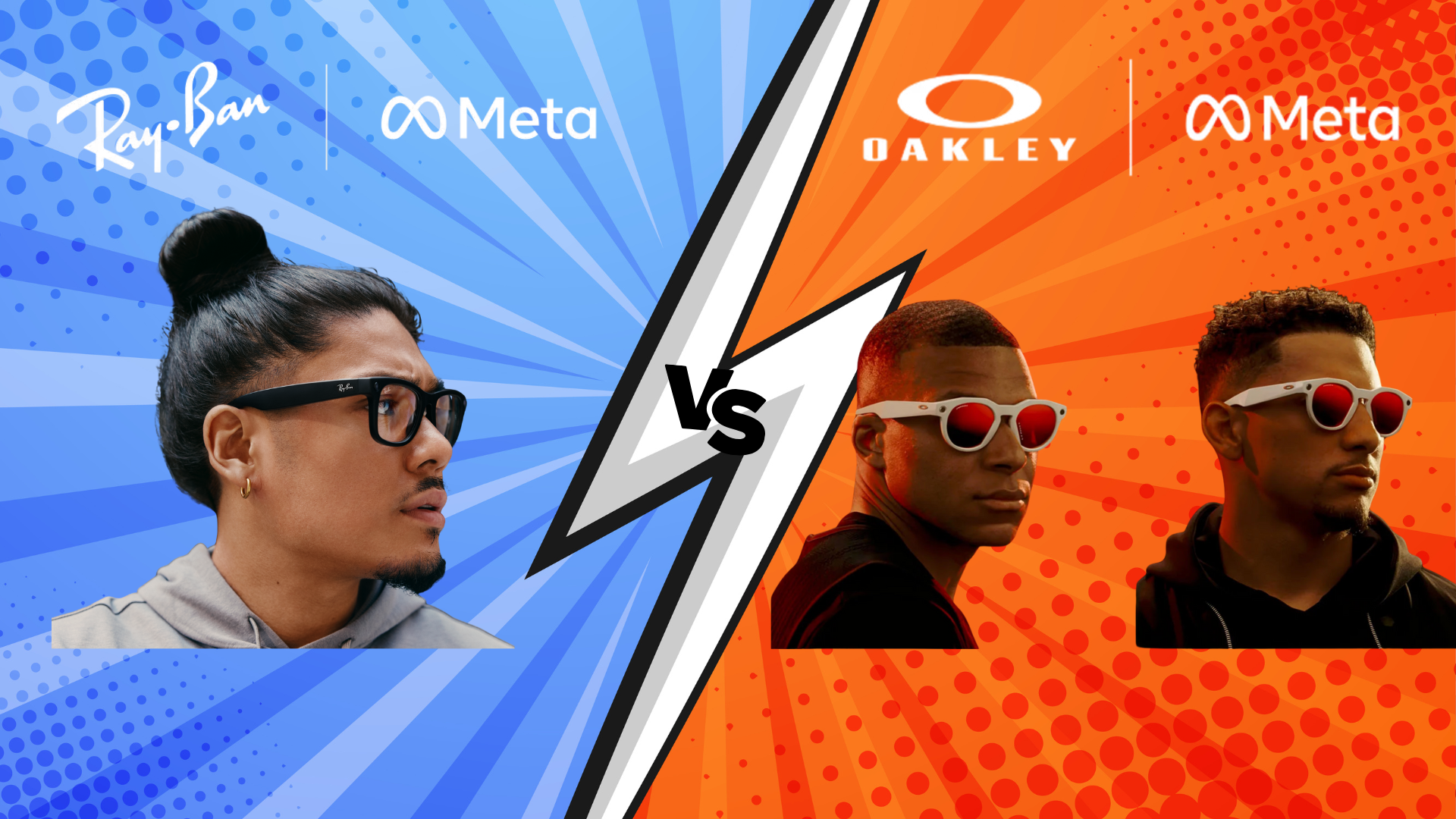AI 3D Model Generator
Introduction to AI 3D Model Generators
In the realm of digital design and visualization, AI 3D model generators are revolutionizing how we create, interpret, and interact with three-dimensional models. These advanced tools, powered by artificial intelligence, are not just reshaping the landscape of 3D modeling but are also setting new benchmarks in terms of efficiency, accuracy, and realism.
Definition and Overview
AI 3D model generators are sophisticated software programs that utilize artificial intelligence algorithms to create detailed and accurate 3D models. These models can range from simple geometric shapes to complex structures resembling real-world objects. The use of AI in this domain has made it possible to automate many aspects of the modeling process, significantly reducing the time and effort required to create high-quality models.
Evolution and Current Trends
The evolution of AI in 3D modeling traces back to the early days of computer graphics, where the process was predominantly manual and time-consuming. With the advent of AI, there has been a paradigm shift. Today, AI 3D model generators are capable of learning from existing models, improving their output over time, and even generating models from textual descriptions or 2D images. This evolution is closely aligned with current trends in machine learning and neural networks, which are the driving forces behind these advancements.
Understanding How AI 3D Model Generators Work
The inner workings of AI 3D model generators are both fascinating and complex. At their core, these tools use advanced algorithms and machine learning techniques to understand and create three-dimensional shapes and structures.
The Technology Behind AI 3D Modeling
AI 3D modeling relies on a variety of technologies, most notably neural networks and machine learning algorithms. These technologies enable the software to analyze large datasets of existing 3D models, learn from the patterns and structures within these datasets, and then apply this knowledge to generate new models. This process, often involving deep learning techniques, allows AI to produce models that are increasingly sophisticated and detailed.
Comparing AI Generators with Traditional 3D Modeling
Traditional 3D modeling is a manual and often tedious process, requiring significant time and expertise. In contrast, AI 3D model generators automate many of these steps, making the process faster and more efficient. While traditional methods still hold value, especially in areas requiring intricate human input, AI generators are rapidly closing the gap, offering a level of precision and speed that manual methods struggle to match.
Advantages of Using AI for 3D Modeling
The use of AI in 3D modeling brings numerous advantages, from efficiency gains to cost savings.
Increased Efficiency and Speed
One of the most significant benefits of AI 3D model generators is their ability to produce models at a much faster rate than traditional methods. This efficiency is a game-changer for industries that rely on rapid prototyping and design iterations, such as automotive and product design.
Enhanced Precision and Detailing
AI algorithms can generate models with an incredible level of detail and accuracy. This precision is particularly valuable in fields like medical modeling and scientific visualization, where nuanced details can be crucial.
Cost-Effectiveness and Accessibility
By reducing the time and skill required to create 3D models, AI makes this technology more accessible to a broader range of users. Smaller companies and individuals can now engage in 3D modeling without the need for substantial resources or specialized training.
Applications of AI 3D Model Generators
The applications of AI in 3D modeling are diverse and expanding rapidly across various sectors.
In Gaming and Virtual Reality
In the gaming and VR industries, AI-generated models offer a way to create more immersive and realistic environments. This technology allows for the rapid development of complex scenes and characters, enhancing the overall user experience.
Architectural and Engineering Design
AI 3D modeling is proving invaluable in architecture and engineering, where precision and efficiency are key. These tools enable architects and engineers to visualize and modify their designs with unprecedented ease and accuracy.
Medical and Scientific Visualization
In medical and scientific fields, AI-generated 3D models provide a means to visualize complex biological structures and phenomena. This capability is not only beneficial for research and education but also for surgical planning and patient communication.
Challenges and Limitations
While AI 3D model generators offer significant advantages, they are not without challenges and limitations.
Technical Limitations
Despite rapid advancements, there are still technical hurdles to overcome, particularly in terms of the computational power required and the ability to generate models from limited or ambiguous data.
Ethical and Privacy Concerns
As with any AI technology, there are ethical considerations, especially regarding data privacy and the potential misuse of generated models. Ensuring responsible use of this technology is a paramount concern.
The Future of AI in 3D Modeling
The future of AI in 3D modeling is bright, with continuous advancements expected in both technology and application.
Predictions and Emerging Trends
We can anticipate further integration of AI in 3D modeling, with more intuitive interfaces and enhanced capabilities. Emerging trends also suggest a growing synergy between AI and other technologies like augmented reality (AR) and the Internet of Things (IoT).
The Role of AI in Shaping the Future of 3D Modeling
AI is set to play a pivotal role in the future of 3D modeling, potentially transforming how we design, visualize, and interact with the digital world. Its impact will likely be felt across numerous industries, pushing the boundaries of what's possible in 3D visualization.
Choosing the Right AI 3D Model Generator
Selecting the appropriate AI 3D model generator is crucial for achieving the desired results.
Key Features to Look For
When choosing an AI 3D model generator, consider factors like ease of use, the level of detail in the models, processing speed, and the ability to integrate with other tools and platforms.
Comparing Popular AI 3D Model Generators
There are several AI 3D model generators available in the market, each with its strengths and specialties. Research and comparison are key to finding the one that best suits your specific needs and objectives.
Conclusion
AI 3D model generators represent a significant leap forward in the field of digital modeling. By harnessing the power of AI, these tools are not only making 3D modeling more accessible and efficient but are also opening up new possibilities in design, visualization, and interaction. As the technology continues to evolve, we can expect to see even more groundbreaking applications and advancements in this exciting field.
FAQs
What makes AI 3D model generators different from traditional 3D modeling software?
- AI 3D model generators automate much of the modeling process using machine learning algorithms, offering speed and precision that traditional methods can't match.
Are AI 3D model generators suitable for beginners?
- Yes, one of the advantages of AI 3D model generators is their accessibility, making them suitable for both beginners and professionals.
How are AI 3D model generators impacting industries like gaming and architecture?
- In gaming and architecture, these tools are enabling more rapid and detailed design processes, enhancing the quality and efficiency of the output.
What are the ethical considerations associated with AI 3D modeling?
- Ethical considerations include data privacy, the potential for misuse of models, and ensuring the responsible development and use of AI technologies.
Can AI 3D model generators create models from textual descriptions or 2D images?
- Yes, advanced AI 3D model generators can interpret textual descriptions or 2D images to create accurate 3D models, showcasing their sophisticated learning capabilities.
TALK TO A PRO
We're here to bring your brand to life!
Stay Connected with BrandXR
Create Augmented Reality for Free!
Create, Publish, and Measure 3D Augmented Reality Experiences Without Having to Code.














